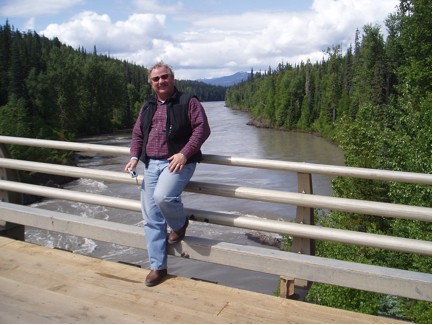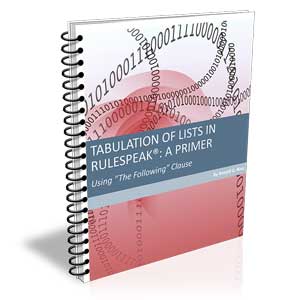Building Bridges
This summer I crossed all kinds of road bridges on my motorcycle while on a 5,000-mile trip through beautiful British Columbia. Without bridges, travel would be difficult, if not impossible, on the highways and byways of North America. Bridges are built to meet a specific need and represent an investment in the highway infrastructure. Bridges require maintenance to keep them in top performing condition. Webster's defines a bridge this way:
a structure spanning and providing a passage over a river, chasm, road or the like
On my trip to BC this year we were stopped at a bridge along highway 37 for four hours while the bridge was undergoing maintenance. This bridge is about 30 minutes from Hydra, Alaska and crosses the beautiful Nass River.
Webster's has another definition for 'bridge' that we often use to describe our interaction between two things:
a connecting, transitional, or intermediate route or phase between two adjacent elements, activities, conditions, or the like
Motorcycles and business enterprises have many of these types of bridges. However, they go by different names. We refer to them as 'dashboards'. The dashboard on a motorcycle serves to bridge the activities and conditions between the rider and the bike. Throttle, brake control, and turn signals make up very basic components of the motorcycle dashboard. Most road bikes have integrated speedometer, RPM, and fuel level indication. Some riders who specialize in long distance riding upgrade their dashboards with GPS, tire monitoring, and XFM and other tools to help them on the trip. The serious rider spends time and money to set up the 'rider' dashboard with all the necessary instruments and interfaces to make the journey successful and efficient.
Businesses that use the business rule approach are usually "in it for the long haul" and have specific goals and strategies to engage the business in rule management as a way to better the bottom line. These companies need to build dashboard / bridges to help the business engage in the rule management process.
The rule management process requires the maintenance of two repositories: a rule management repository (or design-time repository), and a system rule management repository (or runtime repository). Until technology can meet the business requirements of a single repository, a design repository and runtime repository are needed.
Each repository performs a specific function in the rule management process (this maybe a good topic for another discussion). The rule management dashboard is built to bridge the gap between the system rule repositories and business rule repositories. Moreover, the rule management dashboard should support all business processes that the business will engage in as it drives the rule management road. The rule management processes can include rule changes, updates, version control of rules, and comparison between the system and business rule repositories.
Like long distance riders, the serious business must spend time thinking about what information the user must have to make the business rule journey. Furthermore, dashboards -- like road bridges -- require maintenance dollars to maintain and represent a significant investment in infrastructure.
Companies that make the effort to build bridges between the business rule environment and the system rule environment will find greater success in meeting the goal of engaging the business in the rule management process. And, of course, the ride will be all the better.
# # #
About our Contributor:
Online Interactive Training Series
In response to a great many requests, Business Rule Solutions now offers at-a-distance learning options. No travel, no backlogs, no hassles. Same great instructors, but with schedules, content and pricing designed to meet the special needs of busy professionals.












